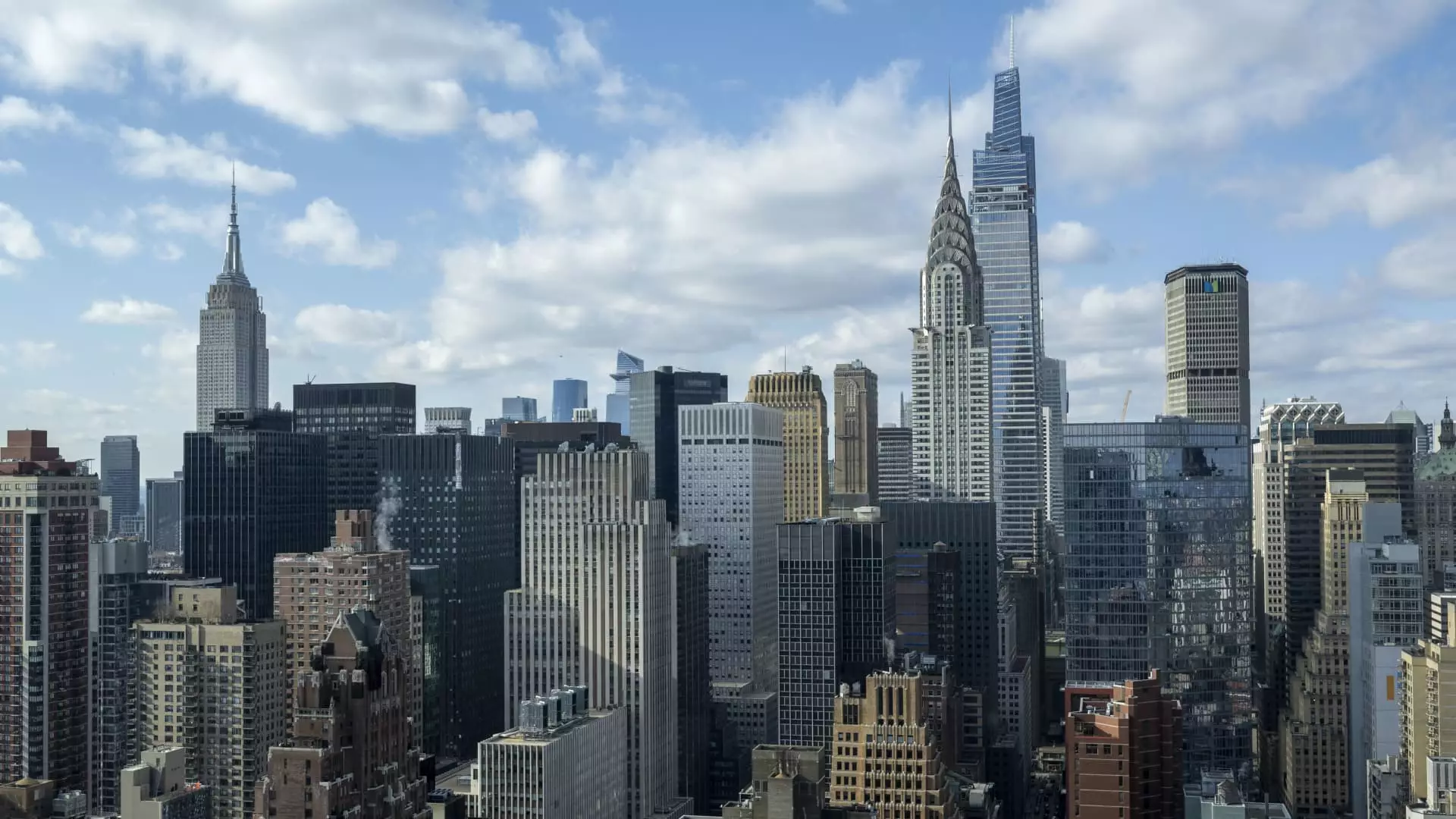As New York City emerges from the shadow of the pandemic, there is a discernible revival in the demand for office space that mirrors pre-COVID trends. This resurgence can be attributed to two primary factors: the return of employees to the workplace and a notable influx of new hires across various sectors. As reported by VTS, an organization that tracks office demand through the number of potential tenant tours, there was a remarkable 25% increase in office demand during the fourth quarter compared to the previous year. This statistic serves as an early indicator of a robust leasing market ahead.
Nick Romito, CEO of VTS, underscored that New York City’s pivot back to in-office operations highlights the city’s distinctive economic and cultural landscape, particularly within the finance and technology industries. This observation reiterates how the city’s identity is interwoven with its role as a global business hub.
SL Green Realty Corp, a prominent real estate investment trust focusing on Manhattan’s office and retail market, recently shared its earnings results, which revealed the complexities of the current office market. Despite falling short of revenue expectations, analysts are optimistic about the tightening office market, facilitated by accelerating leasing demands. CEO Marc Holliday noted a projection by the city’s Office of Management and Budget that anticipates the addition of approximately 38,000 new office-related jobs by 2025. This growth predominantly stems from sectors such as finance, business services, and information technology.
Holliday emphasized that each new job represents a significant demand for office space, particularly as these positions are not primarily remote. He remarked on the uptick in in-person attendance as companies increasingly call their employees back into the office full-time. His company ended the year with occupancy at 92.5% and is optimistic about surpassing the 93% leased occupancy threshold in the upcoming year.
A crucial development aiding in the return of office space demand is the recent expansion of IBM’s headquarters at One Madison Avenue. The tech giant signed a lease for an additional 92,663 square feet, further extending its footprint at the location to over 362,000 square feet. IBM’s commitment to maintaining a substantial presence in New York City is indicative of broader trends within the technology sector aimed at fostering collaborative and innovative work environments. Joanne Wright, a senior vice president at IBM, articulated the company’s vision, emphasizing that the workspace is designed to facilitate interaction among employees, clients, and partners globally.
This renewal of interest from major corporations bodes well for the future of New York’s office market, establishing the city as a clear frontrunner in the recovery journey.
While New York City leads in this office market revival, other cities have also shown promising trends. According to VTS, San Francisco experienced a staggering 32% increase in office demand—outpacing New York’s growth though it began from a less secure starting point. Additionally, cities like Seattle and Chicago reported growth rates around 15% as employers adapt to hybrid work models that still require consistent in-office attendance.
Ryan Masiello, chief strategy officer of VTS, differentiates between the rapid return to traditional work settings in places like New York and the more gradual recovery seen nationwide. Overall, the fourth-quarter demand nationally was up 12% from the preceding quarter, which diverges from historical trends where demand usually wanes during this season.
The current data reveal a positive trajectory for the office space market in New York, indicating a shift towards confidence among businesses regarding their workplace strategies. Despite the backdrop of economic uncertainty and a cooling labor market, organizations appear willing to invest in office infrastructure. This optimism might reflect a long-term vision that prioritizes hybrid work models while still recognizing the invaluable benefits of physical office environments. As companies continue to navigate the complexities of post-pandemic operations, the expectation for robust office demand remains on the horizon.

